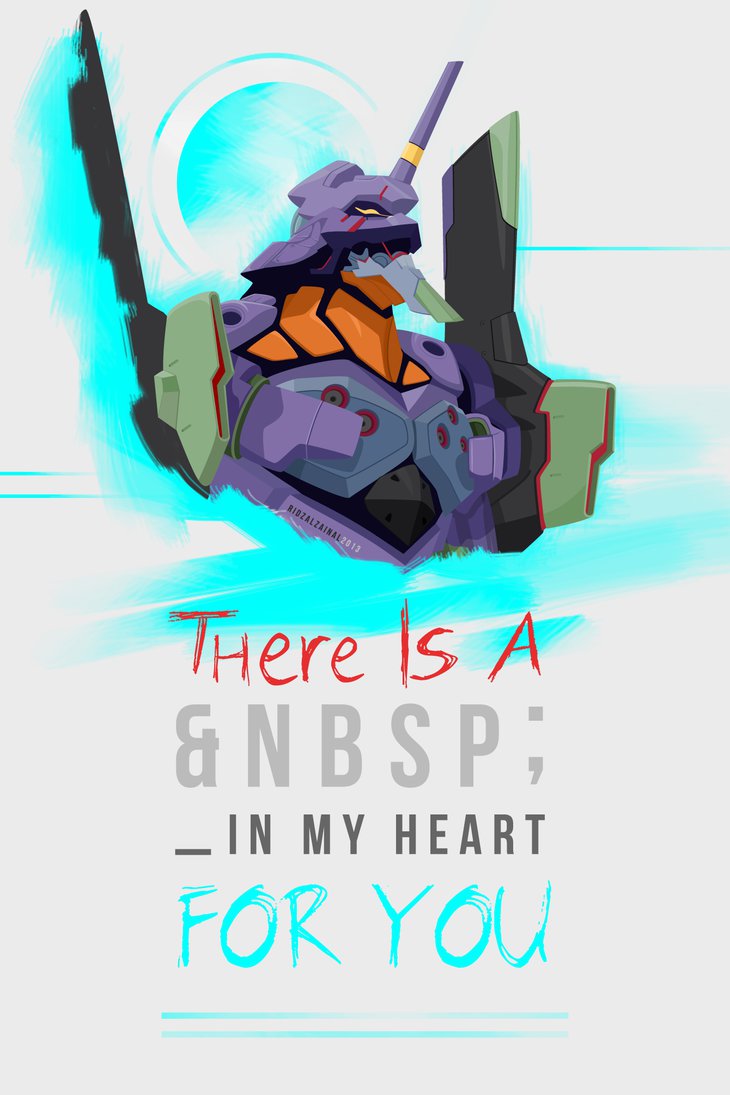Last night while I was cleaning data in R, I encountered such a weird behavior of unique() function that I once suspected that there had been something wrong with the newly updated R 3.4.3. The following is a reproducible example of my problem.
I read in a vector variable x from csv file, and printed it on R console.
x
## [1] "non-breaking space" "non-breaking space"
Apparently, x contained two “identtical” elements and it should have only one unique value. However,
unique(x)
## [1] "non-breaking space" "non-breaking space"
returned two unique values that are visually the same. It was so weird. According to my experience of data clean in R, I suspected the problem may occur in the space. I tried Space and Tab(displayed as \t on R console, which can be easily distinguished from Space) that were usually encountered during data clean. Unfortunately, the problem was not resolved. I worked on this problem up to 3AM and tried the possibilities that I could think of, including uninstalling the newly updated R 3.4.3 and running above code with an old version of R. After hours of trials and errors, I got a feeling that the problem was relevant to the encoding of the space. Finally I copied the raw data into
ASCII Value Tool to show the
ASCII value of the space. The ASCII value of x[1] is 32 in Decimal value, which is the common ordinary space. On the contrary, x[2] has the ASCII value of 160 in Decimal value, which corresponds to
non-breaking space. In HTML, non-breaking space is common (but this was my first time to encounter non-breaking space while cleaning data in R) and is encoded as or  . In Unicode, it is encoded as U+00A0. In UTF-8, it is encoded as C2 A0.
I used following R code to confirm that there was non-breaking space in x[2].
tools::showNonASCII(x)
## 2: non-breaking<c2><a0>space
stringi::stri_enc_mark(x)
## [1] "ASCII" "UTF-8"
showNonASCII() picked out non-ASCII character contained in x[2] and printed it as <c2><a0>. stri_enc_mark showed the encodings for x[1] and x[2] were ASCII and UTF-8.
After knowing the space in x[2] was non-breaking space, I fixed the problem by substituting the non-breaking space with the ordinary space. Now unique(x) returns only one unique value.
y <- gsub("\u00A0", " ", x, fixed = TRUE)
unique(y)
## [1] "non-breaking space"
In most cases, non-breaking space is displayed as the ordinary space character that we cannot visually tell. Therefore, I installed the [Unicode Character Highlighter](https://packagecontrol.io/packages/Unicode%20Character%20Highlighter) plugin for my commonly used Sublime Text editor. Now my Sublime Text can highlight non-breaking space and I can visually detect it.
At last I ends the post with a non-breaking space geek joke created by Ridzal Zainal. Could you get the point?
